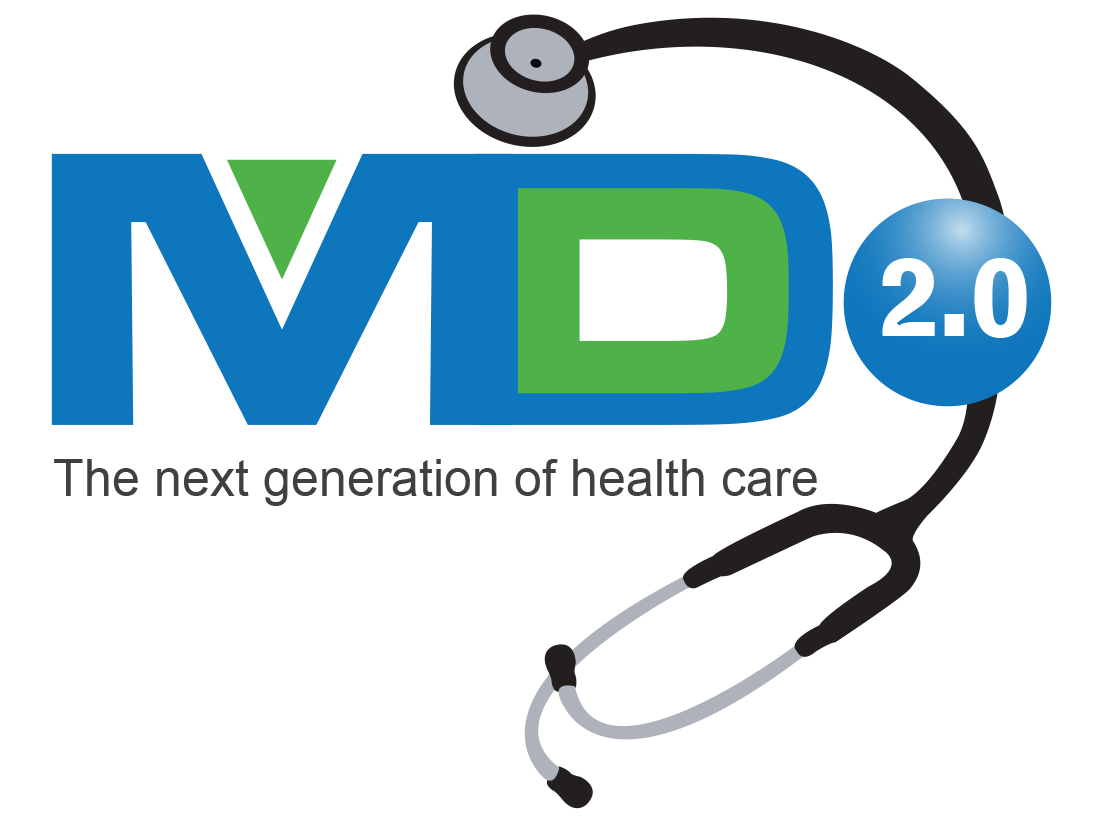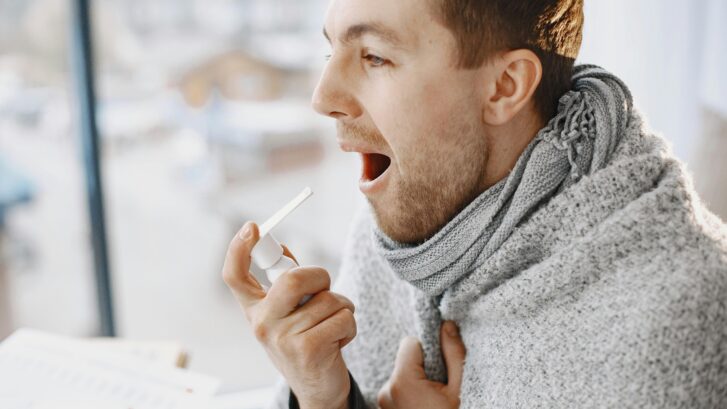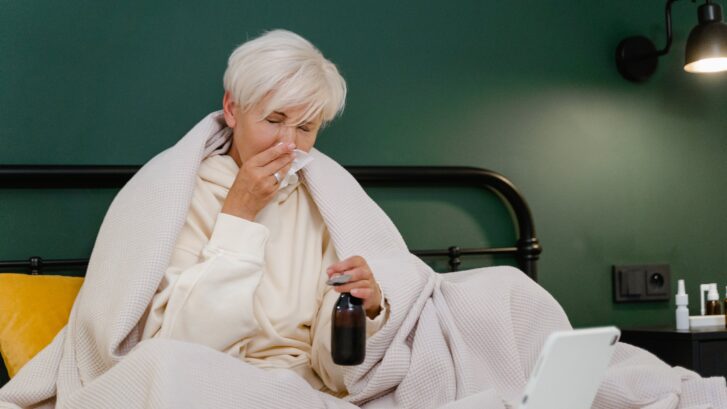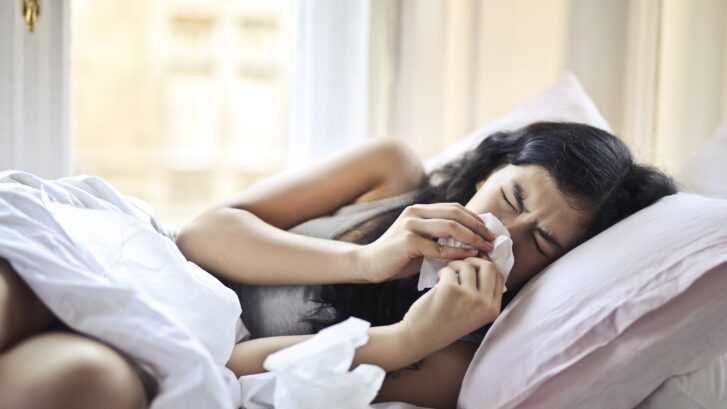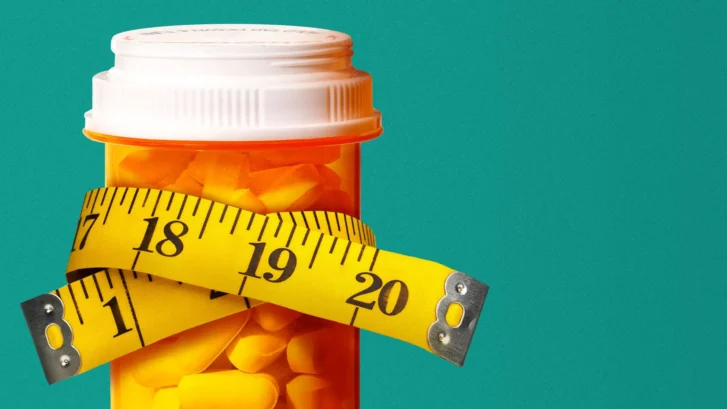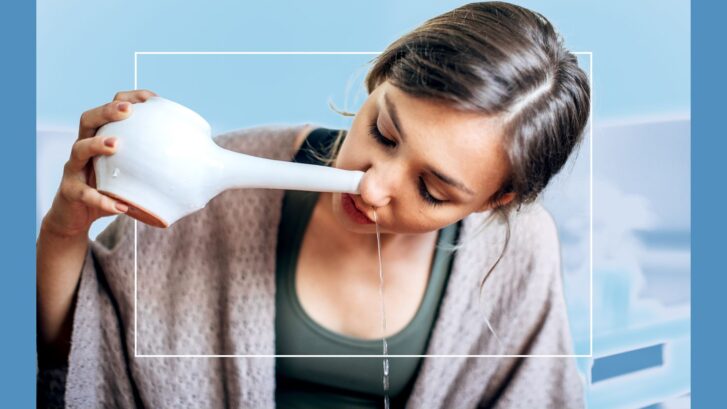Humans evolved in the natural world. We may have retreated to caves or huts to protect ourselves from the elements, but we spent much of our time outdoors, hunting, gathering, cooking, telling stories, and so on. Our lives these days, though, are largely spent cut off from nature.
This way of life has sparked a wealth of studies showing that our loss of contact with nature—dubbed “nature deficit disorder”—has a real impact on our physical and mental health.
So our primary care concierge doctors in Jupiter weren’t too surprised to learn of a new study published this month in the journal Occupational & Environmental Medicine, which found that enjoying nature up to four times a week reduced the odds of needing mental health medications by 33 percent.
It also reduced the odds of using blood pressure pills by 36 percent and asthma medications by 26 percent.
The Study
Researchers interviewed about 6,000 people who live in large cities in Finland, asking about their access to and use of green and blue spaces, including parks, zoos, rivers, lakes, or the sea.
They also asked subjects whether they could see views of nature from their homes, how often they spent time outdoors as well as how much they exercised while outdoors.
The study also accounted for other possible factors such as traffic-related outdoor air pollution and noise, which have been proven to have an adverse effect on health.
Respondents were then asked about their use of medications for depression, anxiety, high blood pressure, asthma, or insomnia, and correlated these with time spent in nature.
As noted above, the results were markedly better for those who were regularly exposed to green or blue spaces. Notably, those who lived in areas with a lot of green spaces or who simply looked at nature from their windows showed no improvement in any of these categories.
“Frequent green space visits, but not the amounts of residential green or blue spaces, or green and blue views from home, were associated with less frequent use of psychotropic, antihypertensive, and asthma medication in urban environments,” the study authors wrote.
Confirming Prior Research
Numerous earlier studies have found significant benefits from spending time in nature.
One meta-review of 143 other studies published in the journal Environmental Research, for example, found that people with access to green space generally had a slower heart rate, lower blood pressure, and fewer blood levels of the stress hormone cortisol. Researchers also found significantly fewer cases of diabetes and lower rates of mortality from heart disease in the group regularly exposed to nature.
An American Institutes for Research (AIR) study in 2005 found that sixth-grade students who attended three outdoor education programs showed marked improvement in conflict resolution skills.
Another study in China in 2013 involved 60,000 children between the ages of two and 17. It showed that regular exposure to nature, or “greenness” around their schools, reduced the incidence of attention deficit/hyperactivity disorder (ADHD). A more recent study at the University of Illinois produced similar results.
And a 2016 study of nearly 100,000 women conducted over eight years found that having access to the greenest space not only improved the subjects’ mental health but also reduced their death rate by 12 percent.
Nature Deprivation Hurts
Author Richard Louv coined the phrase Nature Deficit Disorder (NDD) in his 2005 book “Last Child in the Woods: Saving Our Children from Nature Deficit Disorder.” In it, he argued that elements of our urbanized lifestyle, including few natural spaces, a car-focused culture, more screen time, changes in the perception of risk (e.g., fear of “stranger danger”), less leisure time, and increased time pressure from work or school, combine to decrease or even eliminate contact with nature for both adults and children, according to the National Institutes for Health (NIH).
“The average young American now spends practically every minute—except for the time in school—using a smartphone, computer, television, or electronic device,” Tamar Lewin reported in a Kaiser Family Foundation study on the subject.
According to the Children and Nature Network (C-NN), which was co-founded by Louv, an expanding body of scientific evidence suggests that nature-deficit disorder contributes to:
- diminished use of the senses
- attention difficulties
- conditions of obesity, and
- higher rates of emotional and physical illnesses
Make the Connection
Unfortunately, to get back to nature, you may need to make a specific effort, because in our harried lives trapped indoors, focused on our screens, we have very little time for real relaxation.
Therefore, it’s often necessary to add nature breaks to our schedules the same way we schedule everything else.
One way is to undertake the Japanese practice known as “forest bathing,” or shinrin-yoku. As Kaiser Permanente’s’ online Thrive explains, “Heading out to a heavily wooded area isn’t required. You could take a trip to a nearby park, your favorite local trail, the beach, or any natural setting. Just be sure to turn off or silence your phone or other devices.”
Psychology Today explains, “Forest bathing is an antidote to pinging distractions, impending deadlines, and never-ending obligations . . . . The idea is to immerse yourself in a natural environment and soak up the many health benefits of being in the green woods.”
However, you manage it, for the sake of your overall health we recommend you take the time to reconnect with the natural world as often as possible.
